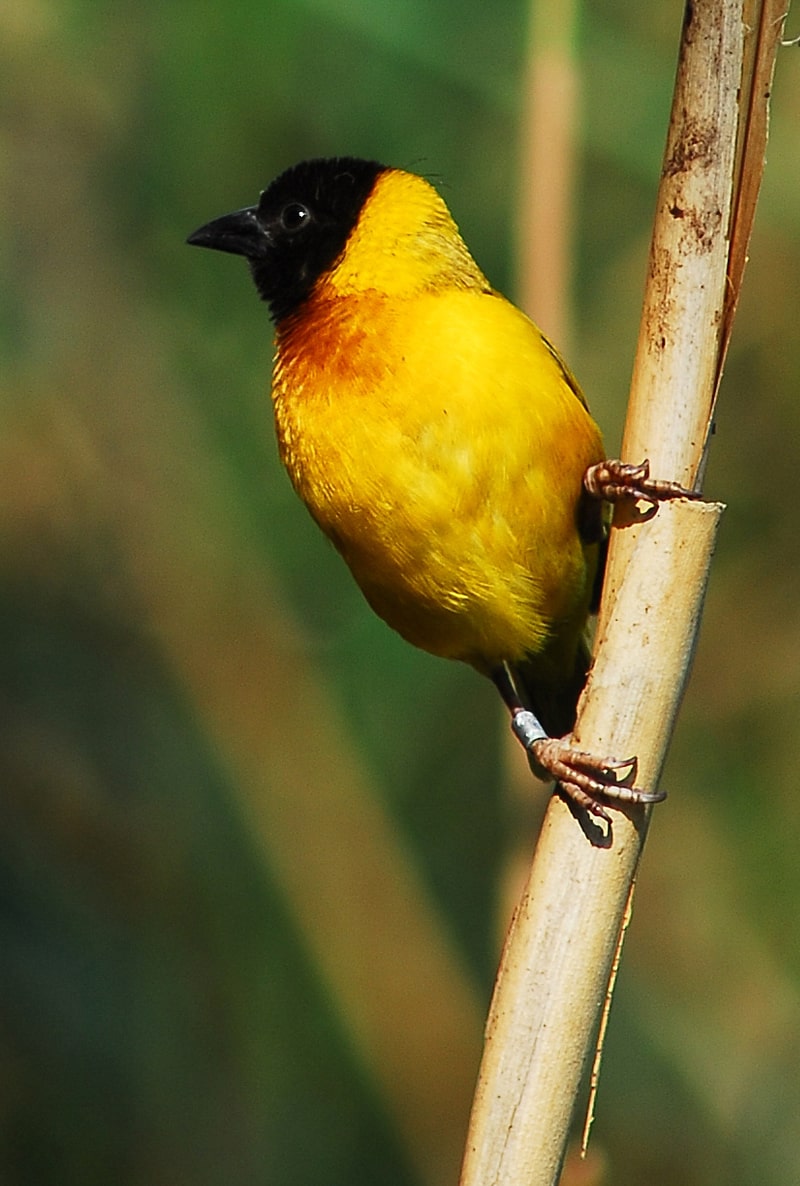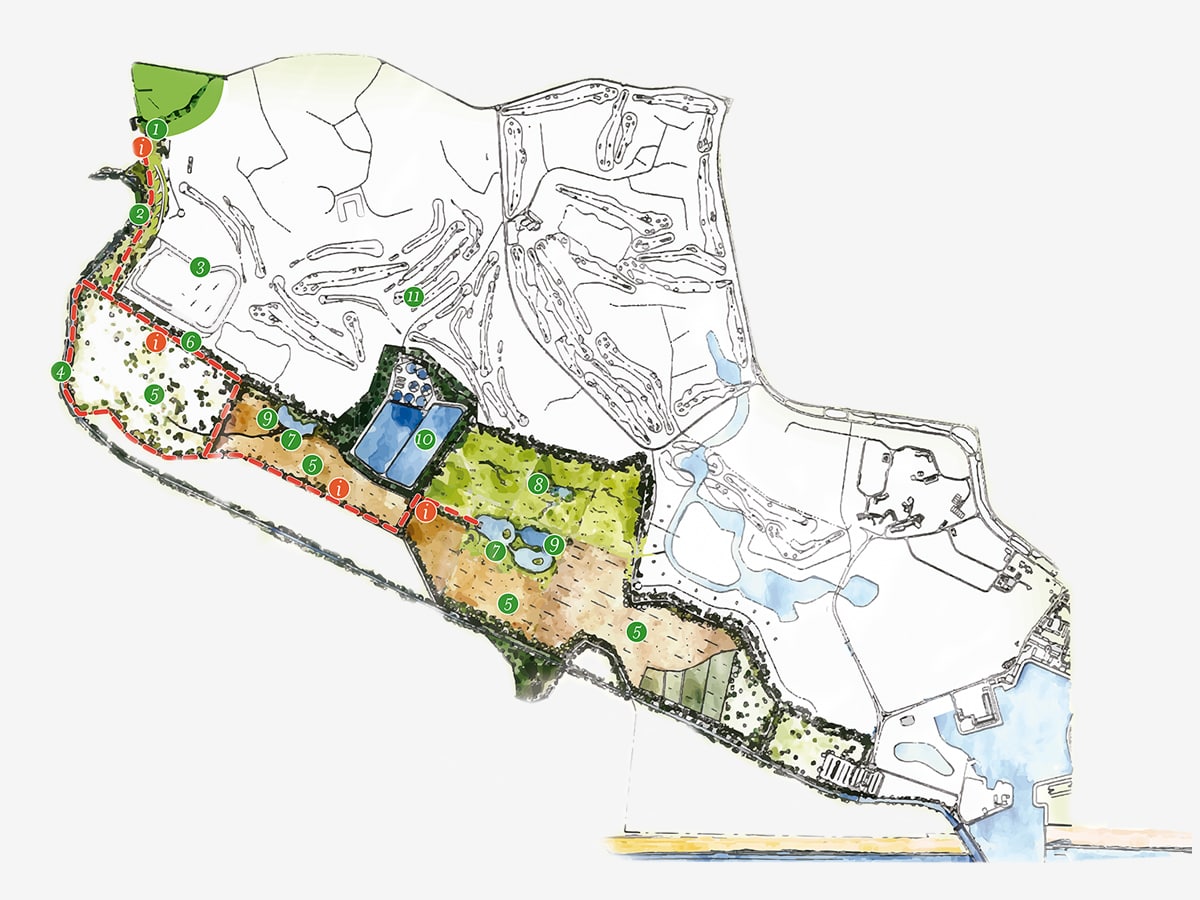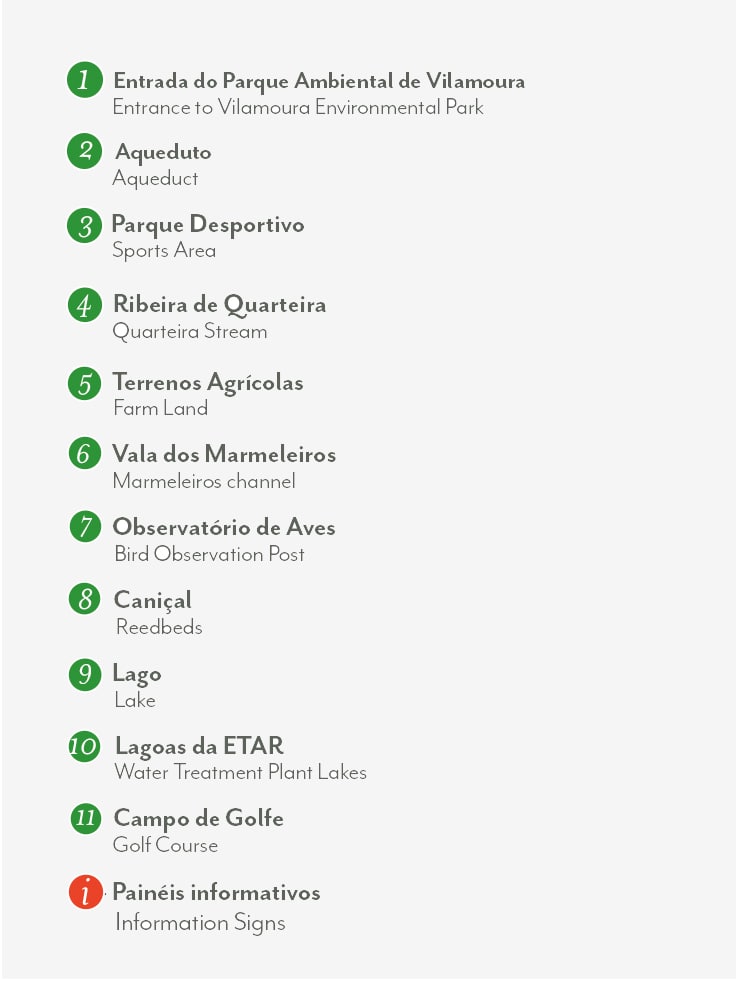Environmental Park
SCROLL
VILAMOURA
NATURE'S TRAIL
Vilamoura’s Nature Trail is just over five kilometres long, starting near the banks of the Ribeira de Quarteira, where dense riverside vegetation can be seen. The trail passes close to the Vilamoura Equestrian Centre before entering the agricultural fields of cereal cultivation. It is here where you can see carob, almond and fig trees that are typical of the non-irrigated orchards of the Algarve.
As you advance along the trail and explore the Vilamoura Environmental Park, you can visit two bird observatories. The first is located in the agricultural area and close to the golf course, while the second is next to the reeds of Vilamoura. This humid area enjoys a wealth of wildlife, particularly birdlife and from the observatories, you can enjoy nature and view, without disturbing, a large number of birds and other animals.
This humid area enjoys a wealth of wildlife, particularly birdlife and from the observatories, you can enjoy nature and view, without disturbing, a large number of birds and other animals.
BIRDS
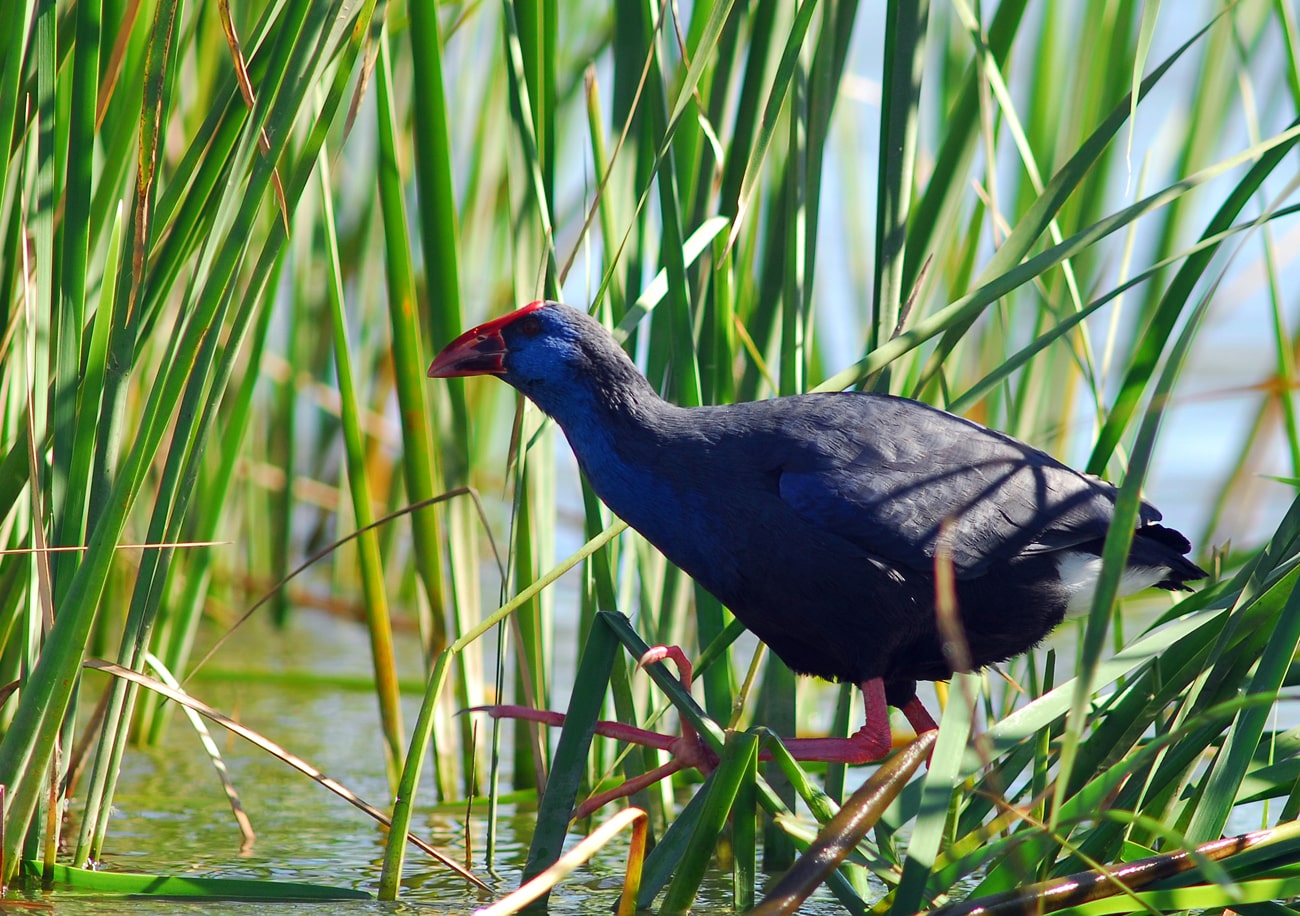
The parks location, reed beds, farmlands and lakes help attract birds all year round including the rare Purple Heron (Andrea Purpurea), the Little Bittern (Lxobrychus Minutus), Purple Swamp Hen (Porphyrio) and the Marsh Harrier (Circus Aeruginosus).
In both bird observatories found on the lakes, you can find guides showcasing potential bird species and how they look.
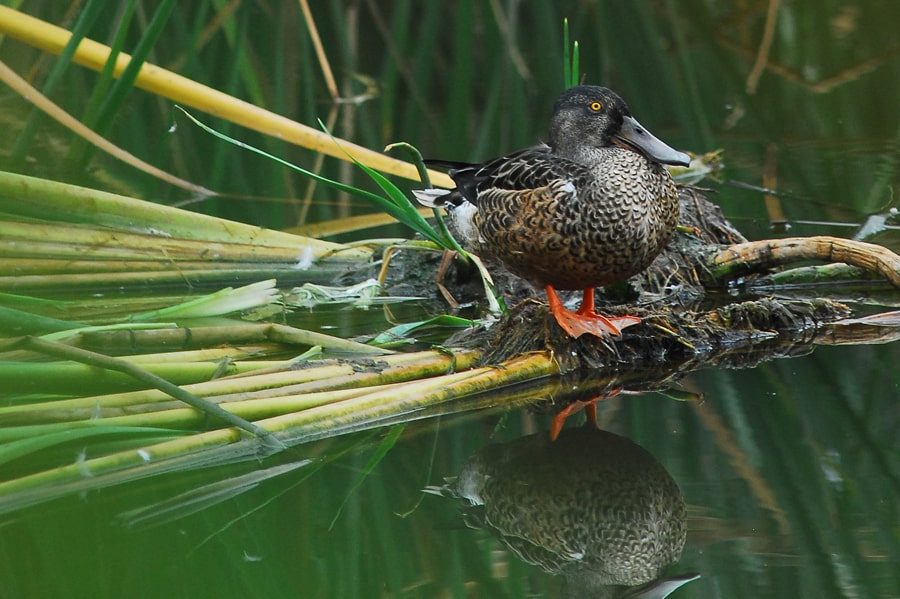
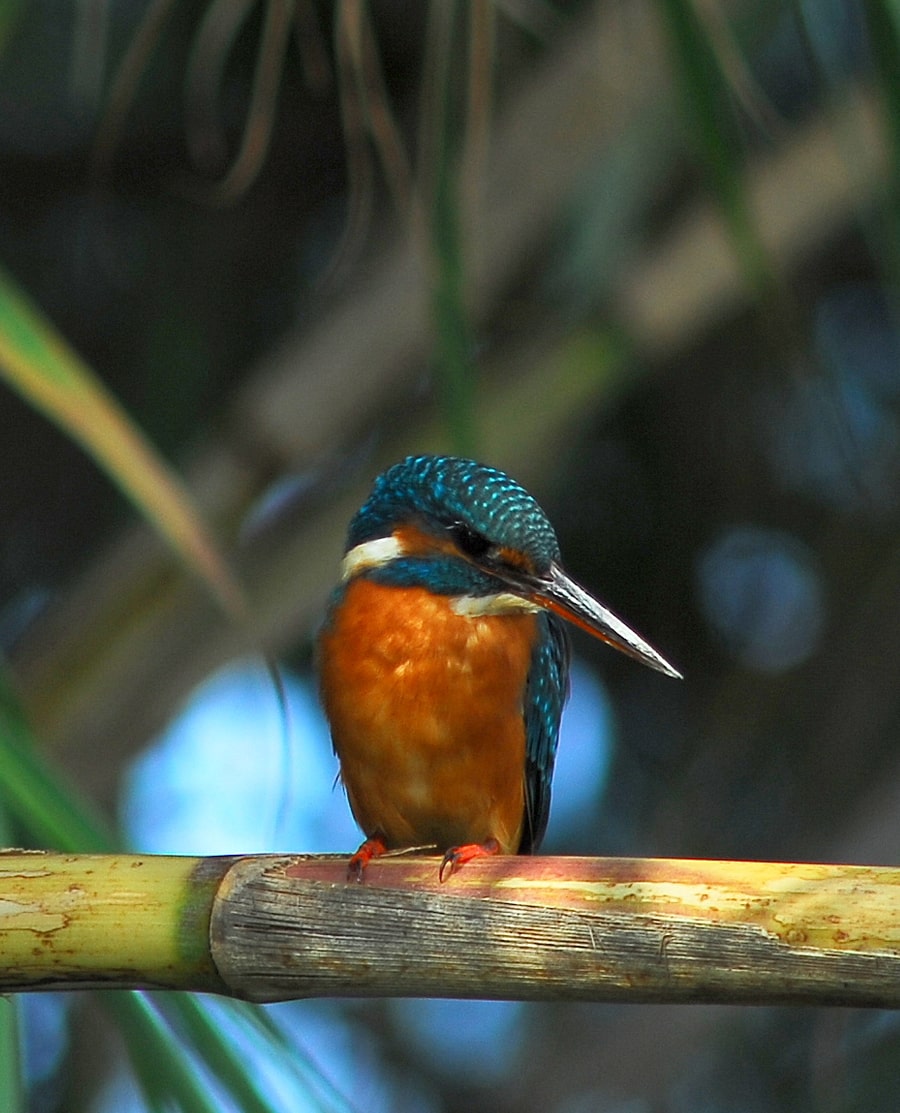
FLORA
A wide variety of flora is spread across the Vilamoura Environmental Park including the Carob (Ceratonia Siliqua), Olive (Olea Europaea), Almond (Prunus Dulcis) and Fig trees (Ficus Carica).
Across the farmlands cereals are cultivated including Wheat, Barley, Rye and Corn while in the wetlands, Reeds (Phragmites Australis), Bulrushes (Typha Latifolia & Typa Angustifolia) and Rushes (Juncus Sp) are widely spread.
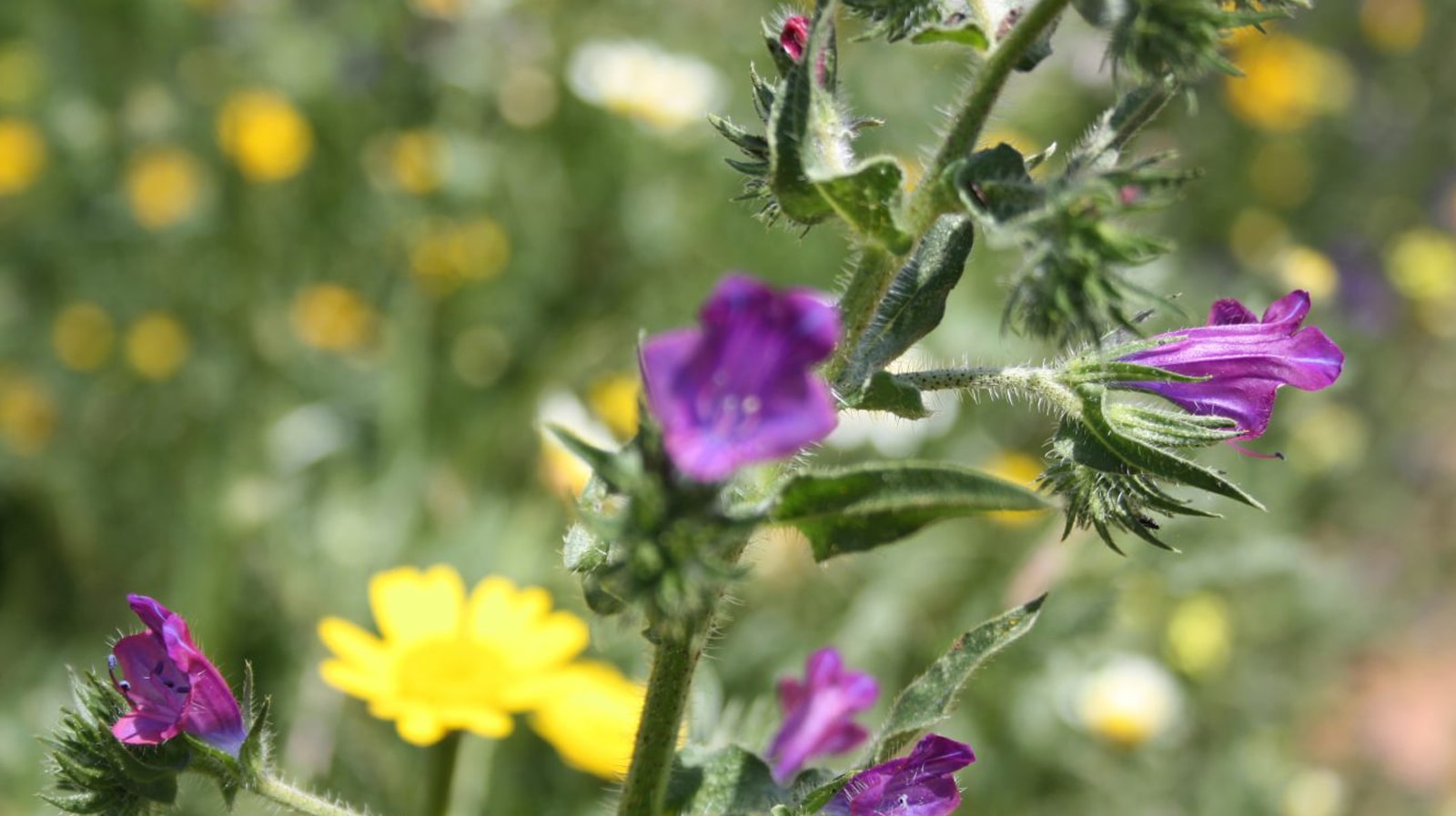
MAP OF VILAMOURA
ENVIRONMENTAL PARK
Rules & Recomendations
Bring binoculars and guide books to identify plants and wildlife
Camera’s may be used
Wear clothing suitable for the time of the year
Ensure you use a suitable footwear for hiking
Bring sufficient water and wear sun lotion
Do not remove plants or disturb animals
Do not bring any rubbish
Do not make fires
Keep animals on a leash
GET IN TOUCH
